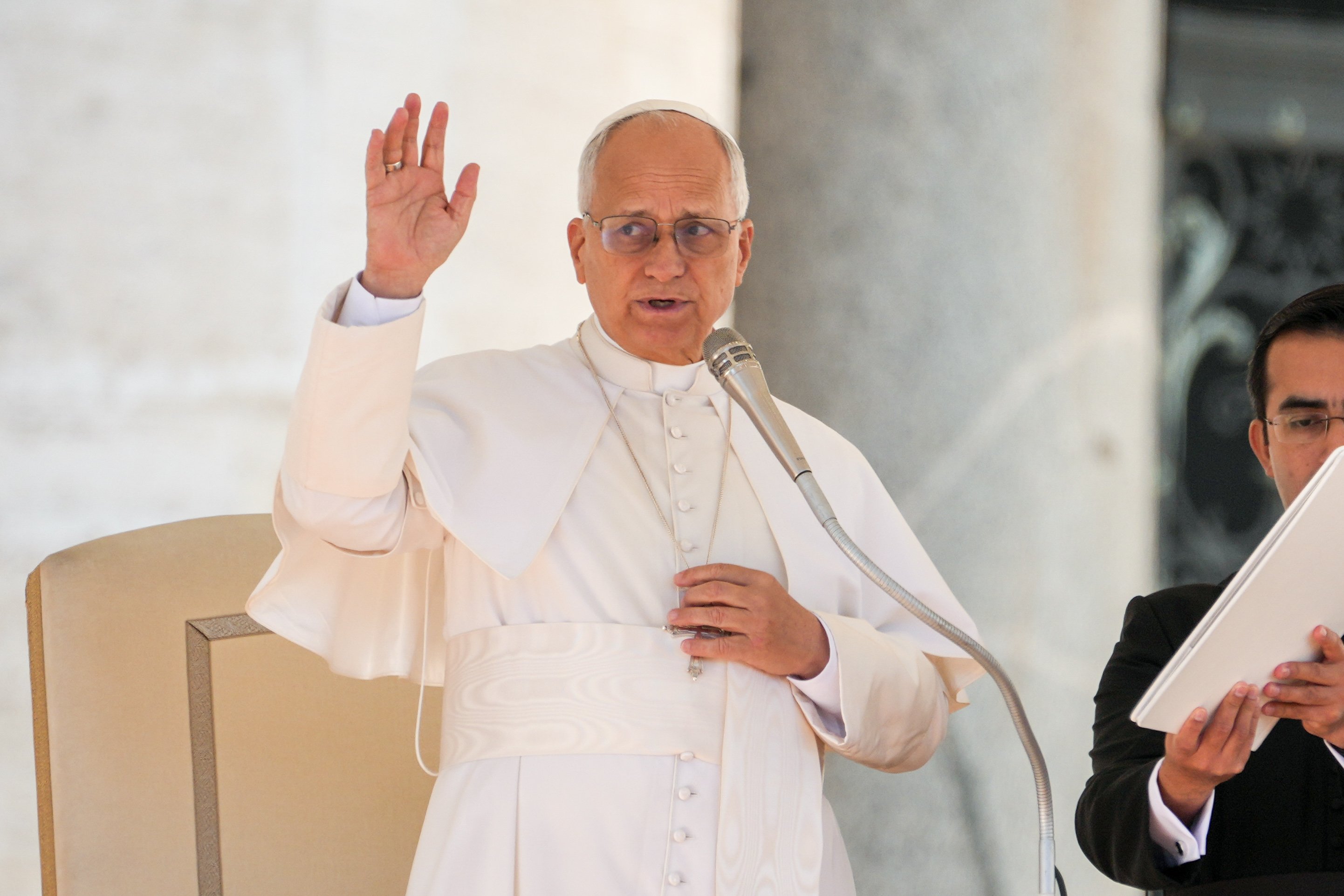April 6, 2018 at 1:53 p.m.
WORD OF FAITH
Examples to follow
'Keep your conscience clear, so that, when you are maligned, those who abuse you for your good conduct in Christ may be put to shame.' 1 Peter 3:16
Throughout his book, "The Social Mission of the U.S. Catholic Church," Charles Curran marvels at the Catholic Worker movement.
He not only points out that it is "the longest-lasting lay social movement in the U.S. Church," he provides us with two characteristics which help explain its longevity.
"First, the movement is based on the Sermon on the Mount: the radical call of the Gospel which emphasized corporal works of mercy," he writes.
"Second, Dorothy Day [its founder] did not believe in structure or organization....The movement was open to development and adaptation precisely because there was no rigid organizational structure."
In some ways, the author of John's Gospel agrees with Dorothy Day. Johannine scholars like theologian Raymond Brown always emphasize the evangelist's opposition to lots of Church structure.
We see this tendency especially in the contrast John develops between the beloved disciple and Peter. For John, faith revolves around two Christian phenomena: the love of Jesus and His gift of the Holy Spirit. That's why both surface so often in Jesus' Last Supper farewell discourse, as in Sunday's Gospel (John 14:15-21).
Love and Spirit
The passage reads: "If you love me and obey the commands I give you, I will ask the Father and he will give you another Paraclete to be with you always: the Spirit of truth, whom the world cannot accept, since it neither sees him nor recognizes him; but you can recognize him because he remains with you and will be within you."
Without any rigid structure, Jesus' followers are able to carry on His ministry of love by constantly falling back on the Holy Spirit, who helps them develop and apply that love.
John doesn't need a hierarchical organization or hierarchical statements. Jesus' disciples know what's expected of them because they have the risen Jesus and the Holy Spirit pointing the way.
Even those authors of the Christian Scriptures, like Luke, who believe in some structure still emphasize the necessity of the Holy Spirit. In Sunday's Acts (8:5-8,14-17) passage, for instance, Peter and John come from Jerusalem to complete Philip's evangelization.
Imitation of Christ
But even after the two "impose hands" and the new Christians receive the Holy Spirit, Luke still presumes the Holy Spirit, not the Apostles, is the major force in these converts' life of faith.
The Holy Spirit is at the top of Christian mysteries. The Spirit operates in dimensions of our lives which humans rarely visit.
The author of 1 Peter (3:15-18) seems to be referring to this part of our existence when he talks about the pain often inflicted on Christians for doing good. During such undeserved pain, we're expected to imitate Jesus' suffering and live a new life "in the Spirit."
History shows that rigid structures eventually stifle members' spirit. Even if these structures purport to profess Christianity, its members often are more faithful to the institution than to the spirit which should enliven the institution.
Prophetic, determined anarchist Dorothy Day, carrying out John's theology, has given us an almost 80-year example of what people of real faith can accomplish by simply giving themselves over to Jesus and the Spirit He's given us.[[In-content Ad]]
SOCIAL MEDIA
OSV NEWS
- Dig deep and work patiently to keep church on solid foundation, pope says
- Portland archbishop on ICE: Human dignity comes from God, not government
- Christian hope shows the earth can resemble heaven, pope says
- Washington Roundup: Election shifts; Venezuela vote; transgender passports, and more
- Novel highlights power of art and music as a salve to troubled humanity
- Supreme Court sides with Trump administration to temporarily block full funding for SNAP
- Former diocesan fundraising director indicted on wire fraud for alleged 6-figure theft
- Love is key to church’s mental health ministry, says bishop who lost family to suicide
- Caring for creation is part of peacemaking, pope tells COP30
- Security for Syria’s religious minorities is disastrous, say religious freedom advocates







Comments:
You must login to comment.